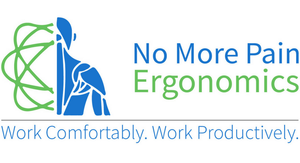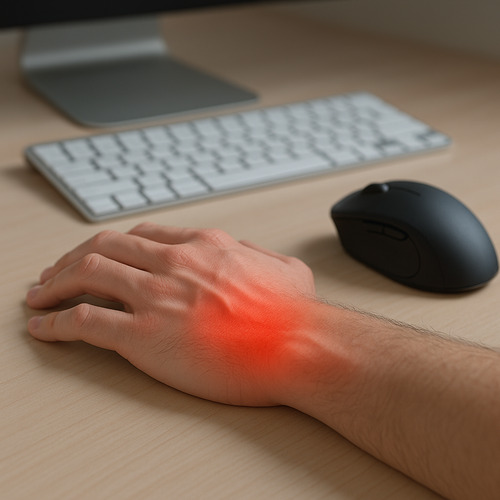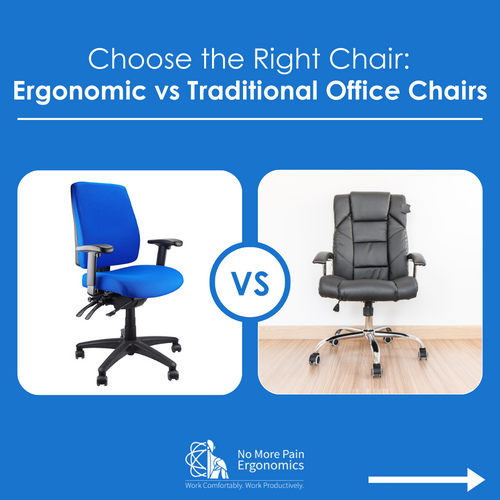Sedentary behaviour is defined as anything you do while you are sitting or reclining. (Safe Work Australia, 2020) Examples of common sedentary behaviours for workers include computer-based tasks. There is no clear definition of excessive occupational sitting exposure. However, sitting for longer than 30 minutes without a mini-break and sitting all day at work (being ‘too busy’ to take a break) are likely to be detrimental to your health.
Health Problems from Prolonged Sitting
- Musculoskeletal disorders
- Cardiovascular disease
- Diabetes
- Obesity
- Poor mental health
- Some cancers
- Premature death.
Negative Health Effects of Prolonged Sitting
- Insufficient movement and muscle activity
- Low energy expenditure
- Not moving enough
- Not changing posture enough.
Timeline of Body Function In Sedentary Work
Immediately After Sitting
Right after you sit down, the electrical activity in your muscles slows down and your calorie-burning rate drops to one calorie per minute. This is about a third of what it does if you’re walking. If you sit for a full 24-hour period, you experience a 40 per cent reduction in glucose uptake in insulin, which can eventually cause type 2 diabetes.
After Two Weeks of Sitting for More Than Six Hours a Day
Within five days of changing to a sedentary lifestyle, your body increases plasma triglycerides (fatty molecules), LDL cholesterol (aka bad cholesterol) and insulin resistance. This means your muscles aren’t taking in fat and your blood sugar levels go up, putting you at risk for weight gain. After just two weeks your muscles start to atrophy and your maximum oxygen consumption drops. This makes stairs harder to climb and walks harder to take. Even if you were working out every day the deterioration starts the second you stop moving.
After One Year of Sitting More Than Six Hours a Day
After a year, the longer term effects of sitting can start to manifest subtly. According to this study by Nature, you might start to experience weight gain and high cholesterol. Studies in woman suggest you can lose up to 1 per cent of bone mass a year by sitting for over six hours a day.
After 10-20 Years of Sitting More Than Six Hours a Day
Sitting for over six hours a day for a decade or two can cut away about seven quality adjusted life years (the kind you want). It increases your risk of dying of heart disease by 64 per cent and your overall risk of prostate or breast cancer increases 30 per cent.
If this looks bad, don’t worry. We’re going to show you how to counteract the negative effects of sitting without extensively altering your lifestyle.
Ways to Reduce
Sedentary Work
The following information is taken from the Safe Work Australia website:
When it comes to addressing occupational sitting exposure, your mantra should be ‘reduce and interrupt’.
The figure below shows how the hazard of sedentary work can be reduced by substituting and interrupting sitting time.
Examples of Interventions:
Recommended Product:
Two things to remember:
- A worker can be physically active and meet the guidelines of at least 2.5–5 hours of moderate intensity or ‘huff and puff’ physical activity per week, and still spend much of their time being sedentary.
- Health problems caused by prolonged sitting remain even if you exercise vigorously every day, highlighting the fact that excessive sitting and physical inactivity are separate health hazards.
Conclusion
With the myriad of recent studies and the incorporation of sit-stand interventions into the Safe Work Australia guidelines - we know this is such an important topic that requires priority when considering your work practices.
If you know you are within this category of unhealthy work pattern, feel free to reach out to our team for some useful resources and practical information on how you can increase your activity at work and become healthier every day.
















← Older Post Newer Post →
0 comments
Get in Touch
Still have a question or simply want to discuss what ergonomic products are best suited? Get in touch, our expert team is available to provide free advice and support.